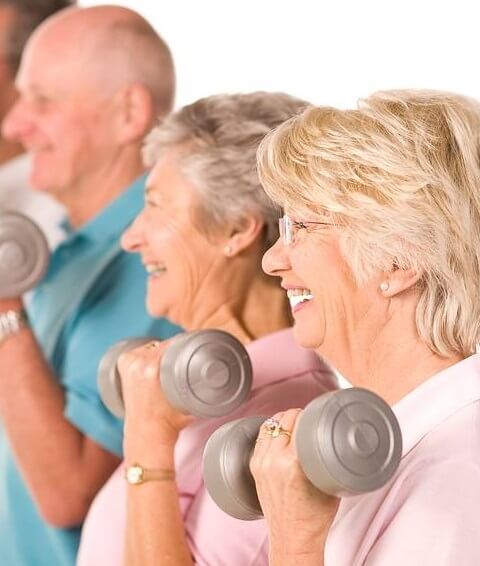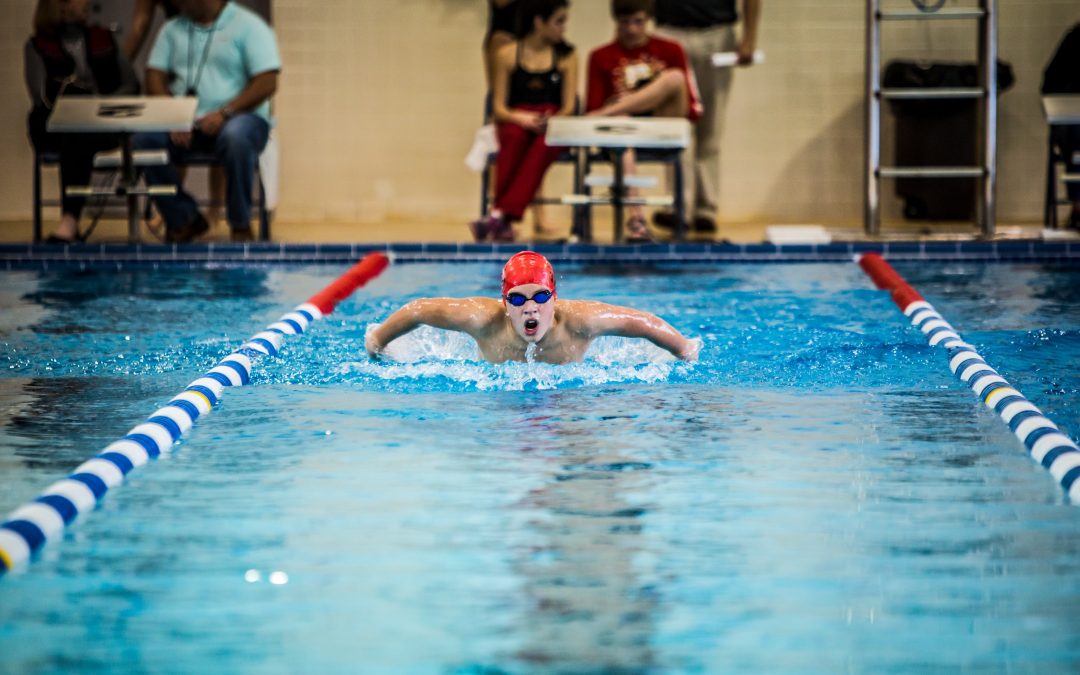
Exercise is best for avoiding falls
Physiotherapy to gain strength and better balance is clinically proven to reduce falls in older adults.
30-40% of over 65’s will experience 1 fall a year with 10% resulting in serious injuries. Common injuries include wrist, hip and pelvic fractures. Falls account for 87% of fractures in older people so being strong and healthy to avoid potential problems is the first step. Recurrent falls can also severely lower confidence, self-esteem and lead to social isolation.
Exercising regularly including strength training and balance exercises is not only beneficial for falls, but a wide range of other long term health conditions such as arthritis, high blood pressure, diabetes, osteoporosis, and mental health problems such as depression and anxiety.
“IF THE BENEFITS OF EXERCISE CAME IN ONE PILL, EVERYONE WOULD TAKE IT”
How do I know if I am at risk?
Try these few simple tasks and see if you’re balance or strength is affected?
- Stand with your feet together for 1 minute. (without using your hands for balance)
- Standing unsupported with one foot directly in front of the other, your heel touching your toes on the opposite foot for 30 seconds. Try both sides to see if there is a difference
- Standing on one leg for more than 10 seconds. Try both sides
Chartered physiotherapists can assess and treat a wide array of conditions. If you are concerned that your strength or balance is affecting your daily living please contact us for an assessment, and advice about what we can do to help you.
Tralee Physiotherapy Clinic runs a stay fit exercise class for older adults, which focuses on strength and balance training to help reduce risk of falls and improve physical and mental wellbeing.
By Sam Treharne, Chartered Physiotherapist Jan 2018


